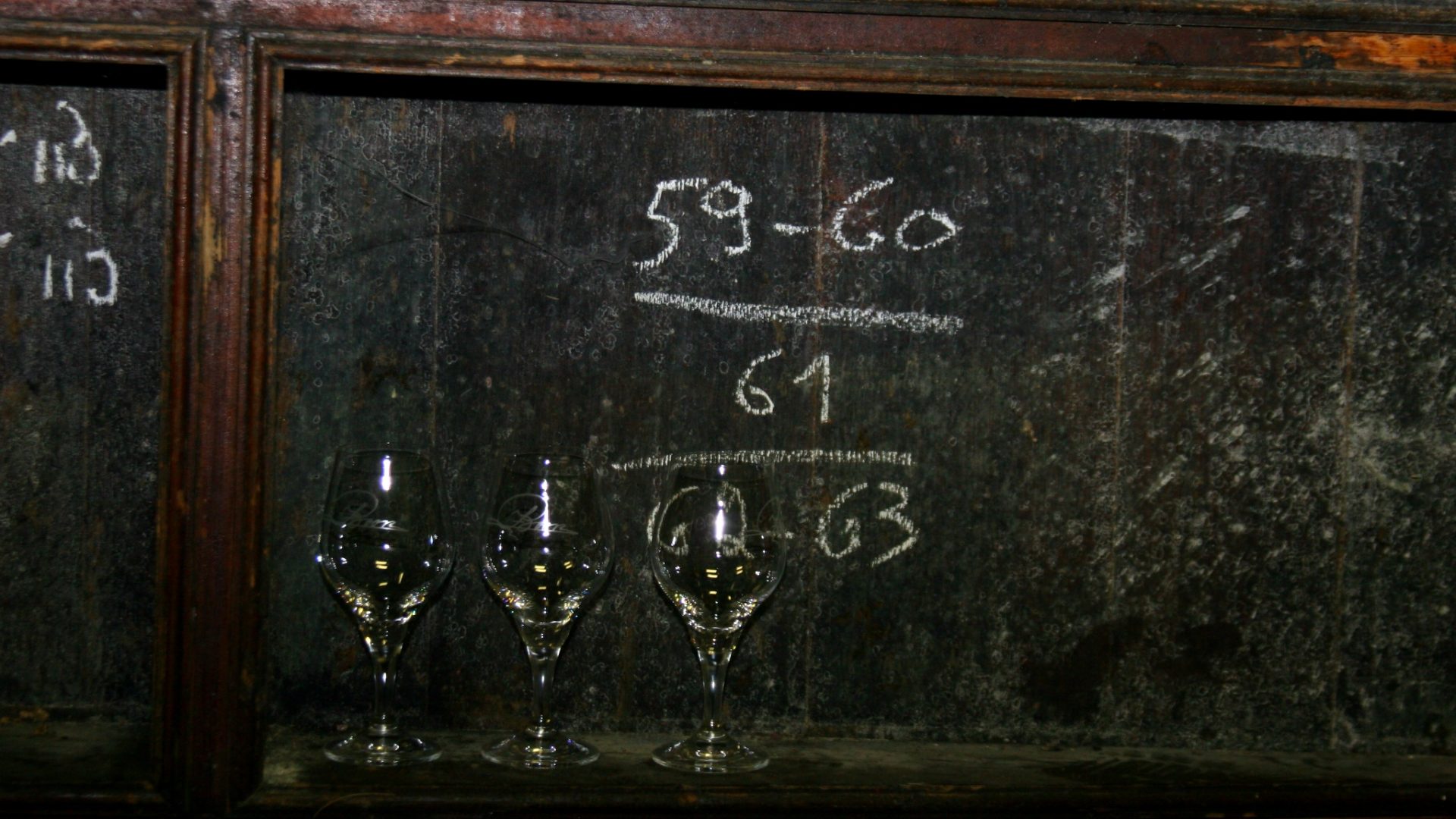
The Brewing Monks
Catholic Monasteries have long been a bastions of alcohol production. In the warmer climes of Southern Europe, they made wine. In the cooler north where grapes weren't a viable option, they turned to beer. Beer served the monasteries in many ways. The production of beer rendered often questionable water into a drinkable liquid. The grains and other ingredients used in beer also formed a nutritious piece of the everyday diet of the monks and all who consumed it.
Besides working the land and producing for their own needs, monks provided shelter and sustenance for weary religious pilgrims and other travelers, selling to them their labors from the land, including their beer. The beer nourished and revived the guests while providing added income to the abbey helping to pay for that which could not be done in-house. Today, that tradition lives on in the hearts of the world's brewing monasteries. While many abbeys would have had a brewery, only a few dozen have survived the centuries of war and increased secularization to take up the brewers mash paddle in the 21st Century. The Brewing Monks is there story.
(The abbeys are categorized by the Monastic Order to which they belong)
The Trappists

The Brewing Monks: A Potential 12th Trappist Brewery Begins the Process in Spain
 Christopher Barnes
Christopher Barnes
 May 25, 2016
May 25, 2016
The Brewing Monks: The 11th Trappist – Tre Fontane
 Christopher Barnes
Christopher Barnes
 September 28, 2015
September 28, 2015
The Brewing Monks: The Trappist Breweries (Part 3)
 Christopher Barnes
Christopher Barnes
 March 7, 2014
March 7, 2014
The Brewing Monks: Almost Trappist
 Christopher Barnes
Christopher Barnes
 July 29, 2013
July 29, 2013
Achel Extra Blond
 Christopher Barnes
Christopher Barnes
 December 21, 2017
December 21, 2017
The Brewing Monks: The Trappist Breweries (Part 2)
 Christopher Barnes
Christopher Barnes
 May 28, 2013
May 28, 2013
The Brewing Monks: A New Trappist Brewing in England
 Christopher Barnes
Christopher Barnes
 November 22, 2017
November 22, 2017
The Brewing Monks: A Brief History of the Trappist Order and Monastic Brewing
 Christopher Barnes
Christopher Barnes
 May 9, 2013
May 9, 2013
Spencer Trappist Holiday Ale
 Christopher Barnes
Christopher Barnes
 December 4, 2017
December 4, 2017
The Brewing Monks: The Benedictine Breweries (Part 2)
 Christopher Barnes
Christopher Barnes
 May 12, 2014
May 12, 2014
The Brewing Monks: The Benedictine Breweries (Part 1)
 Christopher Barnes
Christopher Barnes
 August 16, 2013
August 16, 2013
The Benedictines

The Franciscans

The Brewing Monks: The Franciscans
 Christopher Barnes
Christopher Barnes
 April 18, 2017
April 18, 2017
The Brewing Monks: The Brewing Nun – Sister Doris Engelhard
 Christopher Barnes
Christopher Barnes
 November 28, 2016
November 28, 2016











